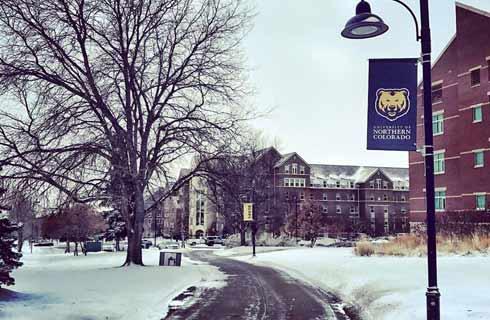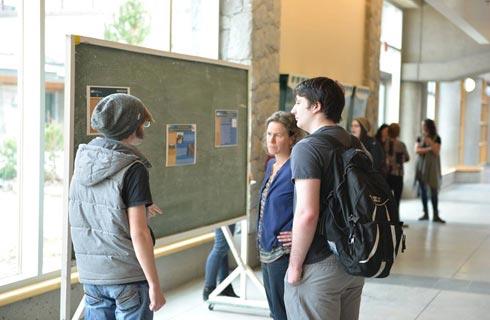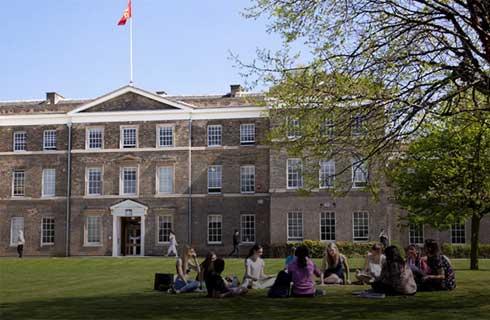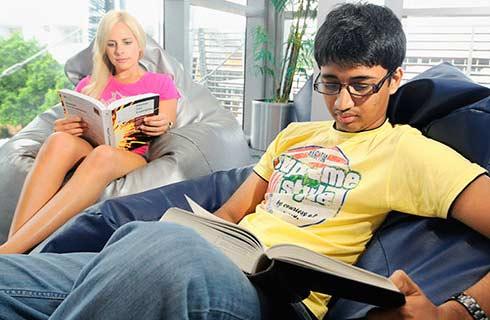国际学生入学条件
Our regular standard of admission is at least an Upper Second Class Honours degree (2:1), although candidates will usually also have completed or be undertaking a Masters qualification.
IELTS - 7.0 with no sub-test under 7.0.
TOEFL (ib, my best or athome) - 94, with Reading 24, Listening 24, Speaking 23, Writing 27
展开
IDP—雅思考试联合主办方

雅思考试总分
7.0
了解更多
- 雅思总分:7
- 托福网考总分:94
- 托福笔试总分:160
- 其他语言考试:PTE (Academic) - 66 with no subtest less than: Listening 66,Reading 68, Speaking 65, Writing 82
课程简介
Comparative Literature is an exciting interdisciplinary, intercultural, and inter-medial discipline housed in our School of Modern Languages and Cultures with expertise in ten modern languages and cultures. <br>The strengths of the School of Modern Languages and Cultures (SMLC) lie in the languages and literatures of Europe, both east and west. For this reason our Comparative Literature Programme might be subtitled: European and European Influenced. There is indeed still much work to be done in having East meet West since the fall of the Wall so many years ago, and we are proudly placed, with our Slavonic subject areas, to enable research and teaching in this cross-over area. We cross into the New World as well, having staff working on, for example, Quebecois literature, Mexican and Brazilian, as well as North American Anglophone literature.<br>Comparative Literature has close collaborative links, not only with disciplines such as Translations Studies, English Literature, Scottish Literature and Classics, but also with History, Art History, Philosophy, Gender History, as well as Central and East European Studies and Economic and Social History, Medieval and Renaissance Studies, Medical Humanities, and Digital Humanities. We are also involved within larger networks such as Human Rights Network and GRAMnet (Glasgow Refugee, Asylum and Migration network), and the School of Modern Languages and Cultures is home to the Stirling Maxwell Centre for Text/Image Studies. This allows us to offer a very wide variety of research pathways for students with diverse backgrounds and interests. Our special strengths linguistically include languages of Eastern, Central, and Western Europe and Latin America as well as Mandarin. Links with other Schools provides access to classical, mediaeval, and other modern languages.
展开


















































